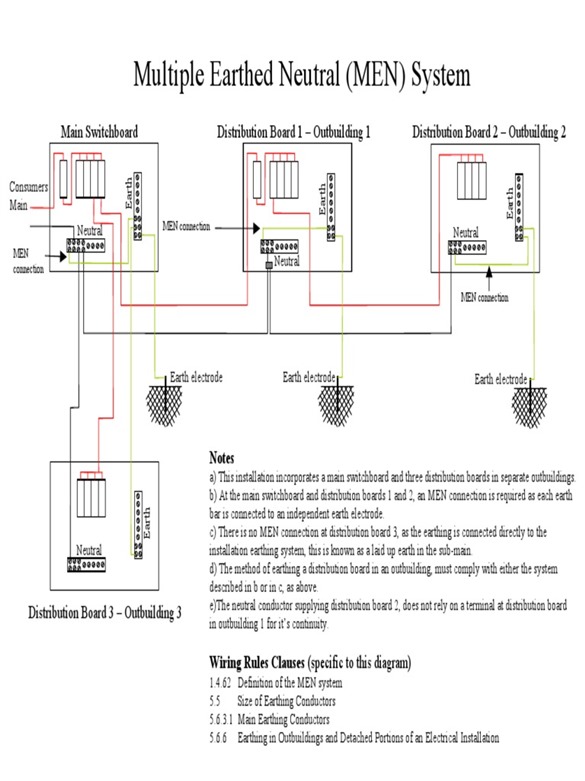In a discussion about Diverted Neutral Currents, an contributor (Australia I think) suggested that the problem was that it (DNC) is unique to UK.
I'm not that well versed in international systems of earthing, but it's my understanding that while part of the diverted neutral current problem is because of PME (Protective Multiple Earth), and PEN (Protective Earth and Neutral). And that the the problem is likely to be common to all systems, because there is only one planet earth/ground and we all have to be careful with it when latent and patent faults abound.
I suspect part of the issue is that different folks hear different parts of the story and then project the aspect that's different from their system onto the UK system (given we are reporting it).
Is PME / TN-C-S special to UK?
(discussion was in a Youtube video on ' Loose Neutral Fault Explained')
